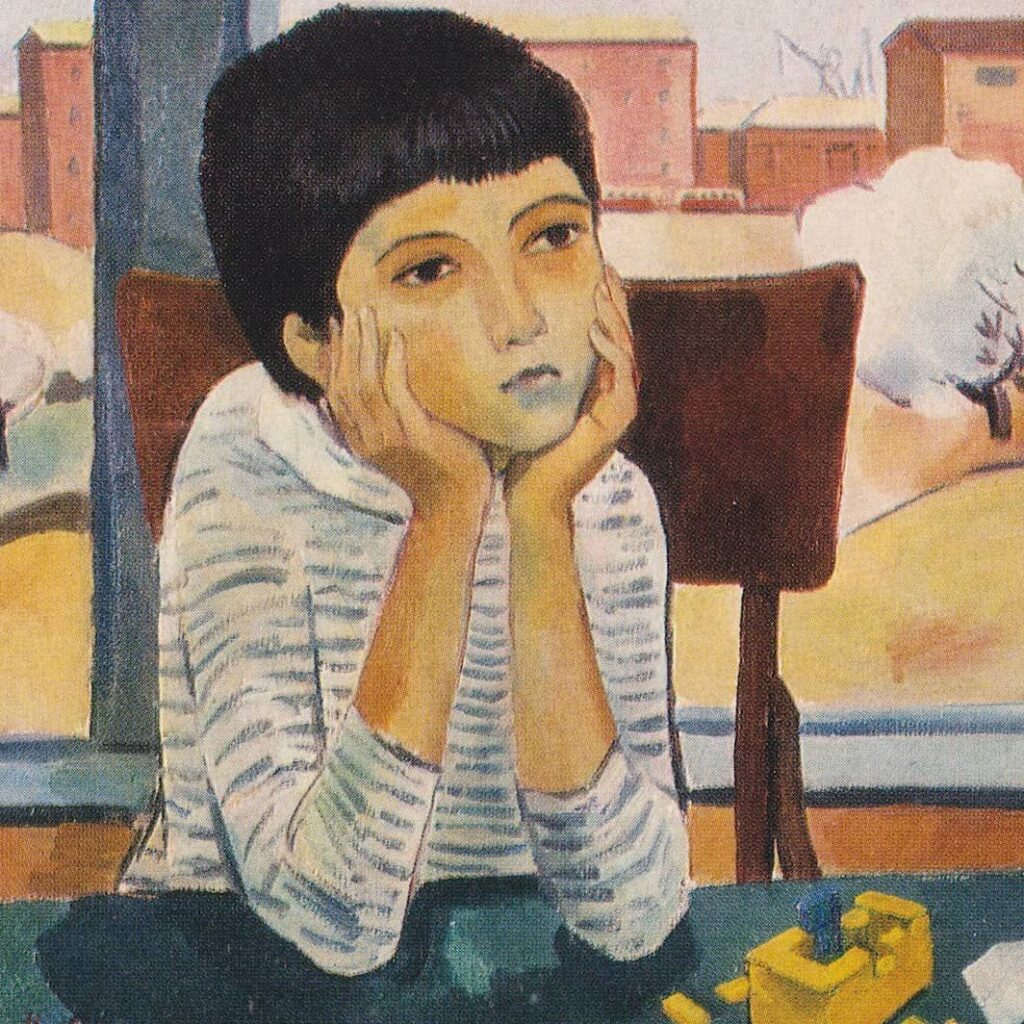Home » Posts tagged 'family'
Tag Archives: family
My Name Is Aram
William Saroyan
1940
(An open and curious boy growing up in an Armenian community in California encounters the rich quirkiness of his family and neighbors.)

Writing from the spirit of memory. Not a record of specific memories, but effortless intuitive writing that naturally conjures the ethos, tinged with wistfulness, that can accompany the distant remembrance of simpler times. This was the inspiration of William Saroyan as he sat down, and boom, suddenly there appears what would become his best loved book of stories. With all the intense effort I put into my other books, this one (I’m imagining he thought), the one that practically wrote itself, the one in which I warned readers that nothing extraordinary would happen, this is the one?! In his own incredulous (or perhaps disingenuous) words, he “does not believe this manner of writing is the way to get a message to go high-rolling down the ages”. Its greatest value, he thought (not without satire), would be to disqualify him for membership in prestigious literary societies. One can understand why he was thinking this way. In the second half of the 1930s, having risen to the top of the charts, so to speak, with his debut collection of stories including “The Daring Young Man on the Flying Trapeze”, all eyes were on William Saroyan. Surrounded by the effervescing produce of Hemingway, Steinbeck, Faulkner, Fitzgerald, the pressure was on Saroyan to be likewise that great writer. And he did have such ambitions for himself. Yet, something drove him when starting My Name Is Aram to leave society’s gauntlet where it was thrown… or else maybe to find a different way to pick it up. My hunch (with hardly any evidence to back it up) is that he looked at this literary world he had entered, and decided that one helpful thing he could do right away is to center or root himself—to ask himself what had been important in making him who he is. Then, to search that out, or to convey it, he sat back and reminisced (pen in hand) about his humble early life in the immigrant Armenian fruit-growing community of the San Joaquin Valley, California. His goal was not to expose the suffering of the poor or rail eloquently against social ills, not to decry materialism or the threat of fascism, not to create a work of stylistic genious. Rather, his goal was simply to paint vignettes of the sorts of characters that were his family and neighbors in pre-Depression Fresno—to smile at them, to paint them in a sympathetic light, and to draw gently from them what practical wisdom and wit influenced his own development and might be worth preserving for others. Thus we have the young Aram Garoghlanian. And as the author says of himself, though he might not be Aram, he is certainly not not Aram.



Go Down, Moses
July 4, 2014 / Leave a comment
William Faulkner
1942
(Vivid tales from the deeply rooted McCaslin family of Mississippi explore the human desire to dominate others.)
Faulkner raises a novel, especially Go Down, Moses, like a mountain range. A small peak here, another one some indefinite distance to the side but nearer to the viewer, another apparently between them but actually much further in the distance. The slopes are irregular in grade, no shape is symmetrical, no sequence predictable. The greatest of the mountains has flanking foothills—here at least is order and intelligibility! One is prepared for the most gigantic landforms. Actually all of them, though apparently haphazardly arranged, are obviously part of a single landscape, each part depending on those around it for its qualities and significance. The notion that each mountain be viewed as an isolated individual, despite distinctions of personality and structure, is ridiculous. One best realizes this, perhaps, by receding somewhat from the view. For when close to it, when stumbling over craggy outcrops and struggling to circumvent gorges, the scene seems hopelessly chaotic and fragmented. Such is Go Down, Moses, a challenging and awesome range of tales.
(more…)